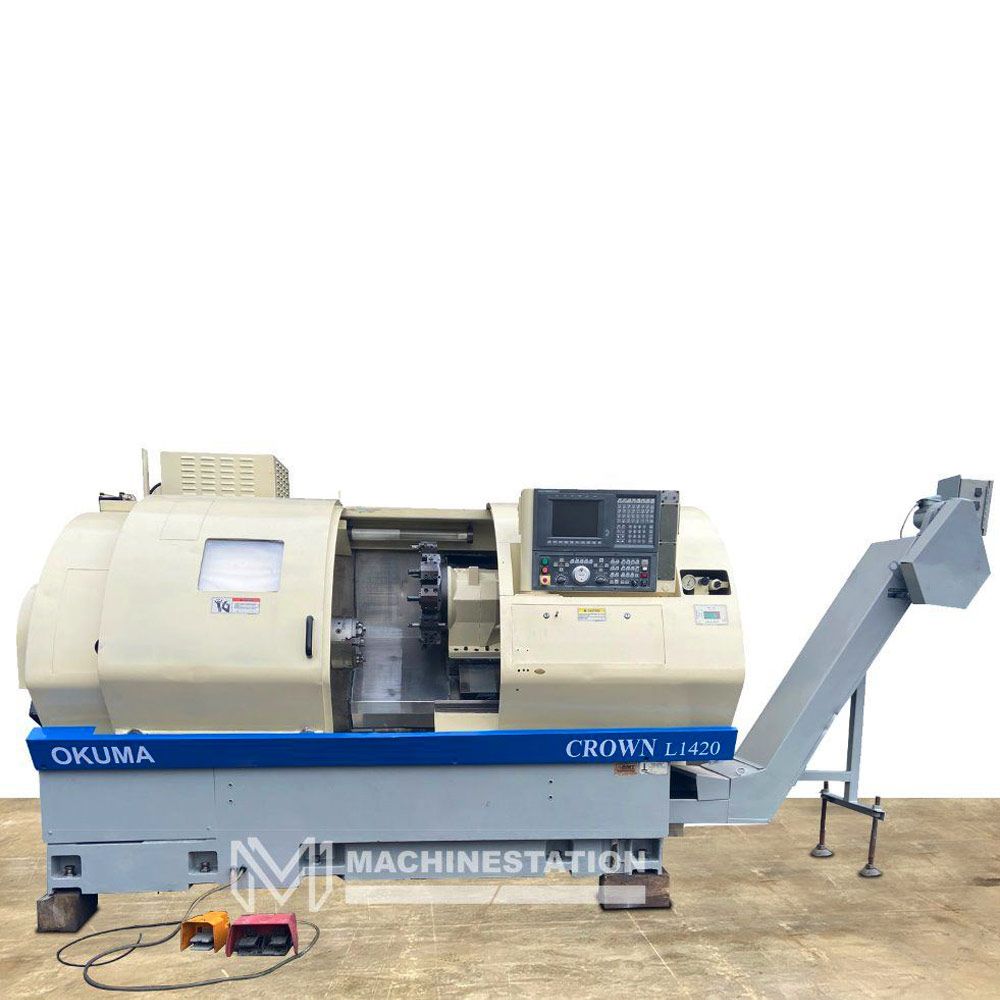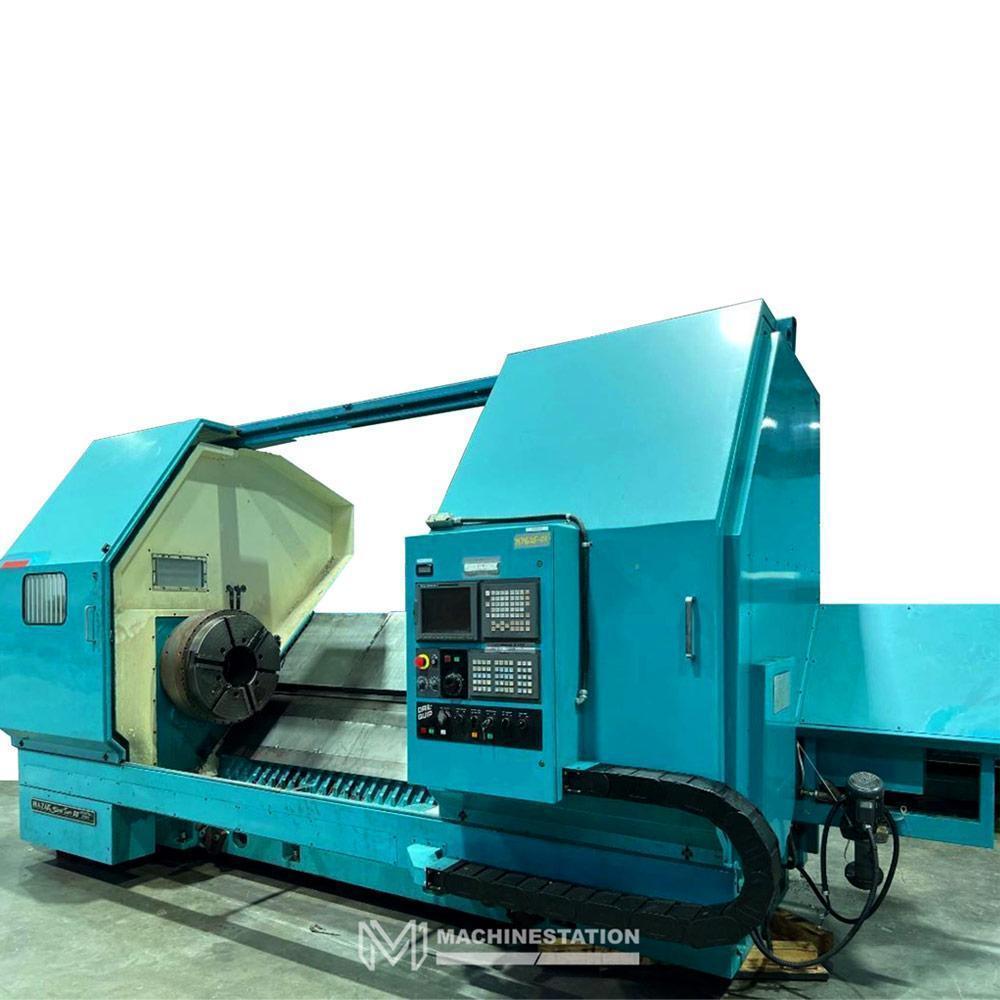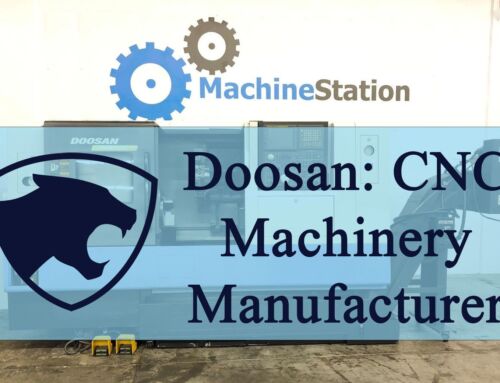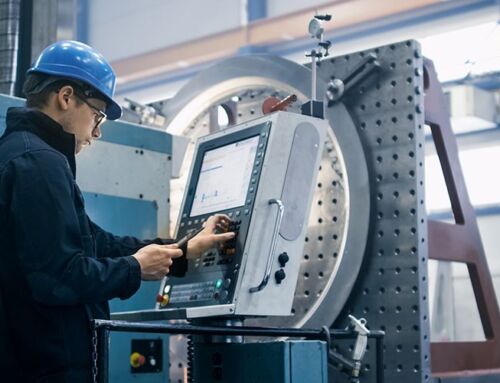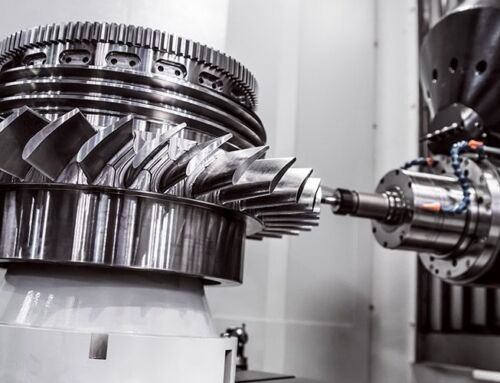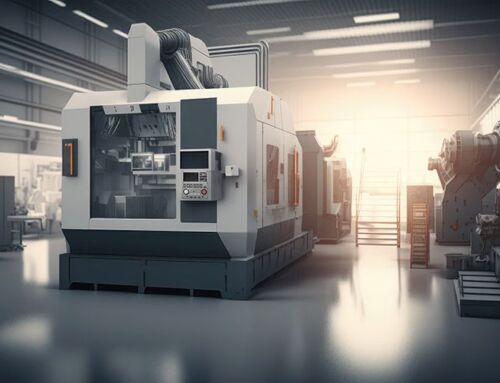When it comes to CNC lathes, selecting the appropriate tooling approach is crucial for optimizing machining operations. The two main options widely used are gang tooling and turret lathes. While both methods have their own distinct advantages and considerations, the decision between them largely relies on the specific characteristics and requirements of the parts you intend to produce.
Gang Tooling vs. Turret Lathes: Choosing the Right Approach?
Welcome to our blog, where we will explore the fundamental distinctions between gang tooling and turret lathes.
Our aim is to equip you with valuable insights and knowledge that will empower you to make an informed decision for your machining requirements.
By gaining a thorough understanding of the unique features and benefits offered by each approach, you will be able to align your choice with the specific intricacies of your manufacturing processes.
Whether you are seeking improved speed, simplicity, cost-effectiveness, or versatility, our exploration of gang tooling and turret lathes will provide you with the insights needed to make a well-informed decision.
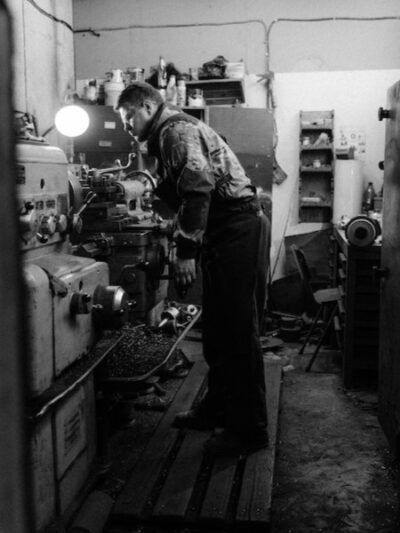
Gang Tooling: Speed and Simplicity
Gang tooling involves mounting a row of tools on the lathe’s cross slide. It is ideal for smaller diameter short parts that don’t require a tailstock. Here are some advantages of gang tooling:
Speed: Gang tooling allows for rapid tool changes without turret indexing. The tools are easily accessed by sliding along the X and Z axes, leading to faster machining times compared to turret lathes.
Simplicity and Low Cost: Gang tooling is minimalist, with few moving parts. This simplicity reduces the risk of tolerance stack-up and backlash, resulting in higher accuracy. Additionally, gang lathes tend to be more cost-effective than turret lathes.
Fast Setup: Swapping out an entire block of tools is quick and can be done offline or saved for future use. This enables efficient setup and reduces downtime.
Accuracy: Gang lathes excel at achieving precise centerline positions for tools. Their shorter machining distances contribute to enhanced accuracy.
Robustness: Gang lathes have fewer components and wear points compared to turret lathes, making them more robust and less prone to breakdowns.
Click A Machine To View In Our Store!
What is the essential difference?
When it comes to manual lathes, we’re accustomed to seeing a single tool on a Quick Change Toolpost (QCTP). While this setup works well, CNC lathes demand higher productivity. While it is possible to mount a conventional manual lathe QCTP on a CNC lathe, this practice is typically limited to Toolroom lathes.
For production lathes, tooling options usually involve a gang plate or a turret. In the case of a turret, each tool station has a gang plate attached, effectively multiplying the number of tools available from each turret position.
Gang tooling, on the other hand, is the simplest option. In this configuration, the tools are arranged in a row on the lathe’s cross slide. This straightforward approach simplifies tool selection and positioning.
Turret Lathes: Flexibility and Versatility
Turret lathes offer greater flexibility and are better suited for larger diameter parts and those requiring a tailstock. Consider the following advantages of turret lathes:
Flexibility: Turret lathes can accommodate a tailstock, allowing for the production of longer and skinnier parts. They also support larger diameter parts, providing more versatility.
Easier Programming: Turret lathe programming is generally simpler, especially for beginners. Unlike gang lathes, which require careful consideration of tool clearance, turret lathes streamline programming with a focus on positive sign only.
More Tools: Turret lathes have the advantage of housing multiple tools in each station, enabling a higher number of tools compared to gang tooling. This offers increased flexibility and productivity.
More Operations and Complexity: Turret lathes are suitable for complex machines with dual spindles, multiple axes, and other features required for intricate parts. They can handle a wider range of operations and setups.
Better Hogging: Turrets, especially in dual turret setups, allow for more efficient hogging. By using two cutting tools simultaneously, they can significantly reduce cycle times and improve productivity.
Making the Right Choice
When faced with the decision between gang tooling and turret lathes, it becomes paramount to conduct a comprehensive assessment of your specific production needs. This entails carefully considering the types of parts you will be manufacturing and evaluating the advantages offered by each approach. Gang tooling excels in several key areas, such as speed, simplicity, cost-effectiveness, and suitability for shorter parts. Its streamlined tool change process and minimalistic design contribute to faster machining times and lower costs. Additionally, gang tooling proves to be highly efficient for smaller diameter parts that do not require the use of a tailstock.
On the other hand, turret lathes present a different set of advantages, particularly in terms of flexibility and versatility. They are well-suited for accommodating larger diameter parts and enabling complex setups. With the inclusion of a tailstock, turret lathes can handle longer and skinnier parts, expanding the range of possibilities for your machining operations. The ability to house multiple tools in each station of the turret provides increased tooling capacity, allowing for a broader variety of operations without the need for frequent tool changes. Furthermore, turret lathes offer the possibility of incorporating additional features such as dual spindles and multiple axes, making them ideal for tackling more intricate parts and setups.
However, it is crucial to emphasize that the decision between gang tooling and turret lathes should not be approached as a quest for a single “winner.” Instead, the focus should be on selecting the approach that aligns best with your specific requirements and objectives. Conducting a thorough evaluation of your needs and priorities is essential in making an informed decision. Consider factors such as desired machining speed, setup simplicity, part dimensions, and overall cost-effectiveness. By taking these aspects into account and understanding the unique advantages offered by each approach, you can choose the optimal solution that maximizes efficiency and productivity in your CNC lathe operations. Remember, the goal is to find the perfect balance between your desired outcomes and the practical considerations of your manufacturing processes.




